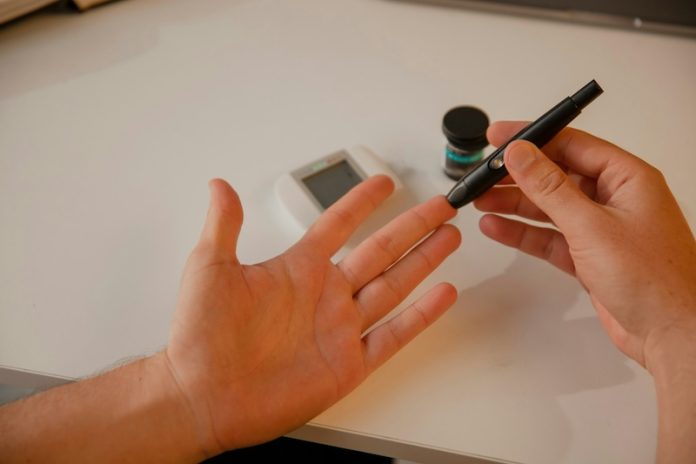
A new study from Linköping University in Sweden has found that nearly 6 in 10 people with type 2 diabetes also have fatty liver disease, a condition that could lead to serious liver problems over time.
While most of these individuals did not show signs of advanced liver damage, a small group did show early signs of liver scarring, which can become life-threatening if not addressed.
The study, published in the Journal of Internal Medicine, highlights an important connection between type 2 diabetes, obesity, and liver health.
It shows that people with both type 2 diabetes and obesity are at the highest risk of developing more serious liver conditions, such as cirrhosis—a disease where healthy liver tissue is replaced with scar tissue, making it harder for the liver to function.
Fatty liver disease, known in medical terms as metabolic dysfunction-associated fatty liver disease (MASLD), happens when fat builds up in the liver due to problems in the body’s metabolism. This is often linked to metabolic syndrome—a group of health issues like high blood sugar, high blood pressure, and excess body fat, especially around the waist.
Wile Balkhed, a Ph.D. student and physician at Linköping University Hospital, explained that when metabolism isn’t working well, it affects multiple organs, including the liver. “Metabolic syndrome increases the risk of many diseases, including type 2 diabetes, heart disease, and fatty liver,” he said.
Although fatty liver disease is very common—affecting about one in five adults in Sweden and possibly up to one in three worldwide—only a small portion of people develop severe liver complications like cirrhosis or liver cancer.
Still, identifying the people at greatest risk is vital, says Dr. Mattias Ekstedt, a senior researcher and liver specialist at Linköping University Hospital. “It’s like looking for a needle in a haystack. But if we find those few high-risk individuals early, we can make a real difference,” he said.
To get a clearer picture of how common fatty liver disease and early cirrhosis are in people with type 2 diabetes, the research team studied more than 300 patients who were visiting their local health centers for routine diabetes checkups.
This real-world approach gave the researchers a better sense of how common these issues are in the general population—not just in hospital patients, who often already have more severe health problems.
MRI scans revealed that 59% of participants had MASLD. When the researchers used a special ultrasound scan to measure how stiff the liver tissue was—an indicator of scarring—they found that around 7% of participants had signs of early-stage cirrhosis. This number was lower than in earlier studies, which mostly focused on hospital patients, but still significant.
The study also confirmed that obesity made a big difference in risk. Among those who had both type 2 diabetes and obesity, 13% showed early signs of liver scarring—compared to just 2% in people with type 2 diabetes but no obesity. This suggests that extra body weight greatly increases the chances of liver disease becoming more serious.
One encouraging finding is that fatty liver can improve. Losing weight can reduce the amount of fat in the liver and lower the risk of long-term damage. That means there’s a clear path for many patients to improve their liver health through lifestyle changes.
The researchers are continuing to follow the participants over time. They plan to check back in after five years to see how their liver health has changed and learn more about which patients go on to develop more severe liver problems.
The study was a large team effort, bringing together experts in liver health, primary care, radiology, and diabetes from Linköping University and several local health clinics. It was also supported by the Center for Medical Image Science and Visualization and AMRA Medical AB.
In summary, the study shows that fatty liver is very common in people with type 2 diabetes, especially when obesity is also present. While only a small number go on to develop dangerous liver diseases, identifying and helping those individuals early could save lives.
The findings also support the idea of screening people with type 2 diabetes for liver issues—something that international health guidelines already recommend but hasn’t yet become common practice in Sweden.
If you care about liver health, please read studies that refined fiber is link to liver cancer, and the best and worst foods for liver health.
For more health information, please see recent studies about how to boost your liver naturally, and simple ways to detox your liver.
The research findings can be found in the Journal of Internal Medicine.
Copyright © 2025 Knowridge Science Report. All rights reserved.



